State of the SERPs:
An Ecommerce Industry Report
By Mitul Gandhi, Chief Architect & Co-Founder of seoClarity

Full power of seoClarity platform to scale enterprise SEO to earn the search visibility you deserve. It provides all SEO data, metrics, and capabilities seamlessly integrated for the fastest, most scalable insights.
Accurate, reliable rank tracking with unlimited keyword capacity and competitive comparisons with rankings in 180+ countries.
Access the entire search landscape and uncover content opportunities with the largest and freshest keyword data set which covers 30+ billion keywords in 170 countries.
Create relevant content and connect with your audience by leveraging the industry's only built-in, AI-driven content workflow.
Connect SEO efforts to measurable KPIs from rankings to site conversions with the only interactive, real-time SEO analytics platform.
Create a strong site foundation and an exceptional user experience with the only SEO platform that includes site audits with unlimited crawls.
Access rankings for any domain, sub-domain, URL and backlink index with the only SEO platform to offer unlimited competitive comparisons.
Next-gen SEO platform solves the most fundamental roadblock to achieving SEO results: execution.
Access the entire seoClarity Data Ocean for your data science, analysis, or machine learning project.
By Mitul Gandhi, Chief Architect & Co-Founder of seoClarity

Many ecommerce brands are reporting stable rankings while seeing lower organic traffic year over year.
These same companies are experiencing substantial organic growth from their Google Products shopping feeds—thanks to a more aggressive approach by Google to win back online product searchers.
According to a consumer trends report by Jungle Scout in May 2022, 61% of online shoppers in the United States start their product search on Amazon.
Google wants to lure back consumers to the search engine and away from using marketplaces like Amazon, Walmart, and eBay.
The research is clear: Google is putting up a fight against marketplaces and dedicating significant SERP real estate to its product search features.
Recommended Reading: Google Dominates Apparel Search Results
We can see in the rankings of the product SERP features how the visibility of the top 3 rank position ebbs and flows but is generally on an upward trend.
Rankings for Google’s Shopping SERP feature on mobile devices in the last year
What we’ve found is that the Product Feature is quite significant:
Interestingly, a significant amount of real estate is dedicated to Google Shopping feature not once, but repeated multiple times on mobile search results.
A recent seoClarity study of 150k apparel-related terms showed the Products feature within the top 10 results 85% of the time.
Recommended Reading: Google’s History of Monetizing Search
Image searches have notoriously low CTR (<0.5% in our last CTR study), so Google has moved to combine Shopping feeds with Images to build a path to monetization from image searches (as shown in the image below of an image search for “air jordans”).
Similarly, Maps are being pulled into ecommerce searches. Google is mapping product-related searches to brick-and-mortar locations that have indicated they have an item in stock or whose websites mention them selling that product.
When Google Maps is triggered, distribution is either position 1 or center of the SERP. Tweet
Google Maps SERP feature frequency by rank position
As you can see in the SERP below, Google has even given the ability for local merchants to list stock status directly in Google Map and Local results.
It’s not just Google Shopping that’s impacting the state of the SERP for ecommerce: Google is leveraging all of its might to win the ecommerce search demand battle.
It’s no secret that the ecommerce SERP has become a lot more visual - taking up value real estate. What used to be a page of “10 blue links” is now filled with listings like:
The occurrence of the Image Pack is increasing, too. When the Image Pack is triggered in the search results, it ranks in Position 1 more than 40% of the time for the ecommerce terms we analyzed.
Google’s Images SERP feature frequency by rank position
The size of the Image Pack has also grown substantially from a single row carousel to a multi-row gallery.
The SERP for the search “coffee tables” returns results that show images in the listings.
In a substantial show of force, Google created a more visually rich SERP by increasing the height of SERP listings by 35% in the last year.
This means that any rank position in the SERP is ~35% lower than it was before.
The SERP result on the left is from October 30, 2021. The SERP result on the right shows the 35% increase as of November 5, 2022.
More recently, the SERP added guided navigation which helps consumers refine their search to something more specific. Notice the suggestions directly underneath the search bar in the image below.
Or, this SERP feature below suggests ways in which a consumer can refine their search by a specific brand, in essence keeping the user on the Google SERP to shop for their desired product.
This approach to guided navigation is similar to what you’d expect on a major ecommerce site like Amazon or Walmart.
As was the case within our apparel industry research, traditional organic web listings have lost significant visibility to Google’s Product listings (and other SERP Features).
Ecommerce SEOs can still win in the SERP if they expand efforts beyond tracking, optimizing, and reporting on web pages to also include product feeds.
Winning more SERP real estate is still incrementally better than doing well on just one of the two.
With seoClarity, you can track, manage, monitor, and optimize for Google Shopping and products feeds.